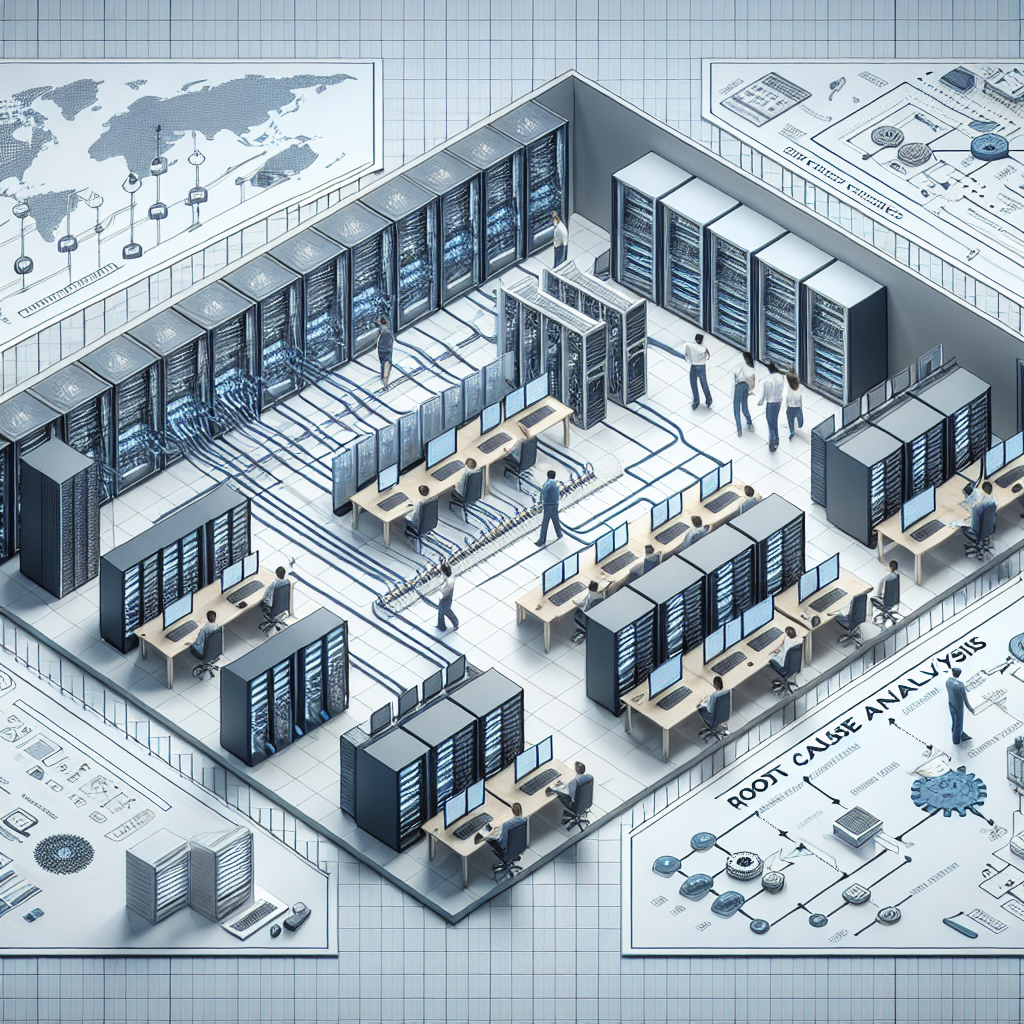Fix today. Protect forever.
Secure your devices with the #1 malware removal and protection software
A data center is a critical component of any organization’s IT infrastructure, responsible for storing, processing, and managing large amounts of data. In order to ensure smooth operations and minimize downtime, it is important to identify and address the root causes of any issues that may arise in the data center. Implementing root cause analysis best practices can help organizations effectively diagnose problems and prevent them from recurring.
Root cause analysis is a systematic process for identifying the underlying causes of problems or incidents. By understanding the root causes of issues, organizations can implement corrective actions to prevent similar problems in the future. In the context of a data center, root cause analysis can help IT teams identify and address issues related to hardware failures, software bugs, network outages, and other technical problems.
Here are some best practices for implementing root cause analysis in your data center:
1. Define the problem: Before conducting a root cause analysis, it is important to clearly define the problem or incident that needs to be investigated. This includes gathering information about the symptoms, impact, and timeline of the issue.
2. Collect data: Once the problem is defined, collect relevant data and information related to the incident. This may include logs, performance metrics, and configuration settings from the affected systems.
3. Conduct interviews: Talk to individuals involved in the incident, including IT staff, users, and vendors, to gather additional insights and perspectives on the issue.
4. Analyze the data: Use tools and techniques such as fault tree analysis, fishbone diagrams, and Pareto charts to analyze the data and identify potential root causes of the problem.
5. Verify the root cause: Once potential root causes have been identified, verify them through testing, experimentation, or additional data analysis to ensure they are indeed the underlying reasons for the issue.
6. Implement corrective actions: Develop and implement corrective actions to address the root causes of the problem. This may include updating software, replacing hardware, modifying configurations, or implementing new monitoring and alerting systems.
7. Monitor and review: Monitor the effectiveness of the corrective actions and review the incident response process to identify areas for improvement. Document lessons learned and share them with the rest of the IT team.
By following these best practices, organizations can effectively identify and address the root causes of issues in their data center, leading to improved reliability, performance, and uptime. Implementing root cause analysis as part of a proactive approach to incident management can help organizations prevent future problems and ensure the smooth operation of their data center infrastructure.
Fix today. Protect forever.
Secure your devices with the #1 malware removal and protection software

Leave a Reply
You must be logged in to post a comment.